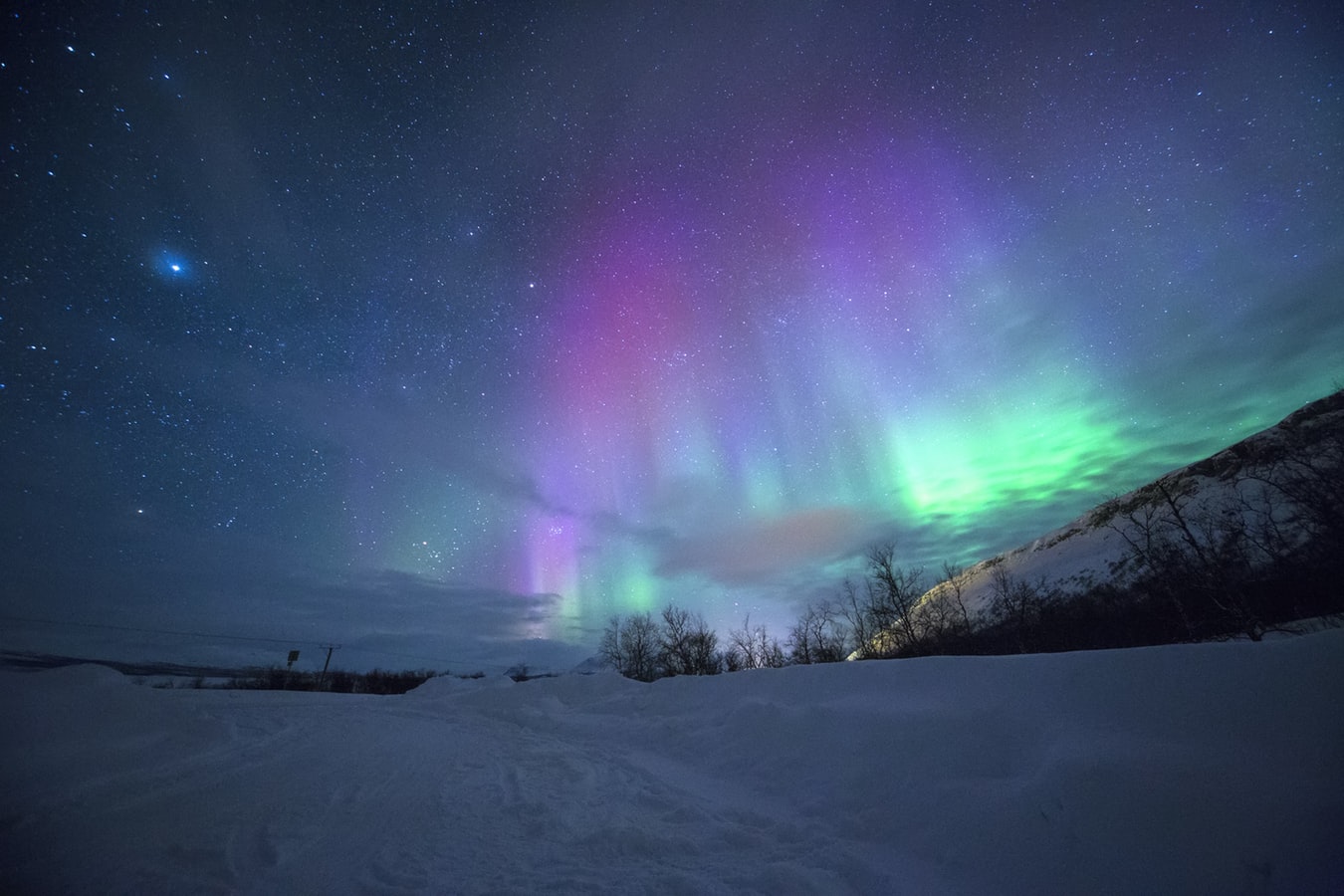Descripción/Description:
The doctoral fellowship programme INPhINIT ”la Caixa” is devoted to attracting talented Early-Stage Researchers of any nationality to pursue their PhD studies in the best Spanish and Portuguese research centres and units with excellence distinction.
Research Project / Research Group Description
The upcoming European effort to monitor the occurrence of atmospheric electrical discharges and fires from measurements provided by the European Organization for the Exploitation of Meteorological Satellites (EUMETSAT) new Meteosat Third Generation (MTG) geostationary satellites (launch in late 2022) is a unique opportunity to achieve significant progress in the knowledge of the interaction between atmospheric electricity, wildfires and climate. The MTG Lightning Imager will continuously detect lightning in Europe and Africa for the first time, while other MTG satellite sensors covering from the ultraviolet range to the infrared will provide measurements of the chemical composition of the atmosphere, cloud properties and wildfire occurrence. In this project, the mesoscale-regional cloud-resolving model Weather Research and Forecasting (WRF) will be used. The capacity of WRF to simulate the Earth system at a regional scale makes it highly useful for data assimilation, i.e., obtaining a detailed and high-spatial-temporal resolution description of the atmosphere from observational variables. The simulation results will then be used to find new relationships between lightning, wildfires, meteorology and lightning-produced nitrogen oxides (NOx) at a regional scale. The PhD project will be developed within the wider framework of a research project funded by the Agencia Estatal de Investigación (AEI). The atmospheric electricity group at the IAA-CSIC has more than 14 years of research experience, many international collaborations and participates in Earth observation missions such as the Atmosphere Space Interaction Monitor (ASIM) launched in 2018. Currently, 7 members (including 3 PhD students) form the group with funding from regional, national (AEI) and European public agencies (ESF, H2020, ERC-Consolidator Grant), and private institutions (1 Postdoc from La Caixa Foundation). The group publishes in top journals including Nature Geoscience and Nature Communications.
Job position description
The successful candidate will use the Weather Research and Forecasting (WRF) model as a tool to participate in the scientific exploitation of data from the TROPOspheric Monitoring Instrument (TROPOMI), MTG and ASIM. The WRF model can provide valuable information of the physical, chemical and electrical processes involved in thunderstorms, providing a powerful tool to investigate the possible relationships between measurements (from space and ground-based sensors) and meteorological parameters. In combination with the modules WRF-Chem and WRF-ELEC, the WRF model can account for the occurrence of lightning, corona discharges in storm clouds and their chemical products. The successful candidate will have the opportunity to work with some of the group's collaborators in foreign institutions during short research stays.
The primary duties of the doctoral candidate will be:
◦ Simulate the microphysics of thunderstorms producing thundercloud corona electrical discharges (also called BLUEs) detected by ASIM to investigate the electrification mechanisms that favor the inception of BLUEs, their connection to lightning inception and their chemical regional influence in the atmosphere.
◦ Identify thunderstorms producing long continuum current (LCC) lightning reported by the MTG-Lightning Imager (LI) sensor and investigate how the microphysical characteristics of storm clouds influence the triggering of continuing currents.
◦ Simulate thunderstorms observed by MTG-Ultraviolet sensor and/or TROPOMI to estimate the advection of lightning-produced nitrogen oxides and the conversion of NO into NO2 in order to provide new estimations of the total number of nitrogen oxides molecules produced by lightning flashes.
◦ Perform basic statistical analysis of the meteorological conditions that favor the ignition of wildfires by lightning from meteorological data and WRF simulations.
